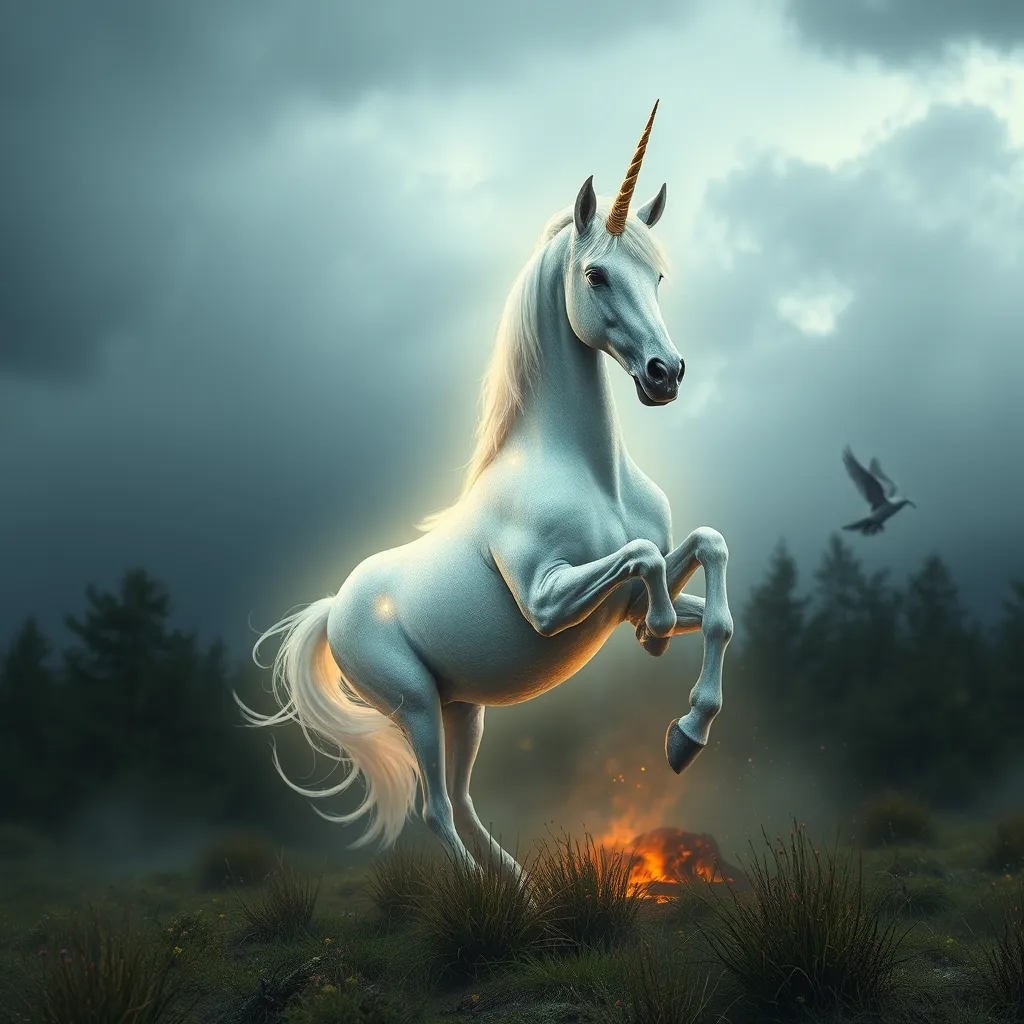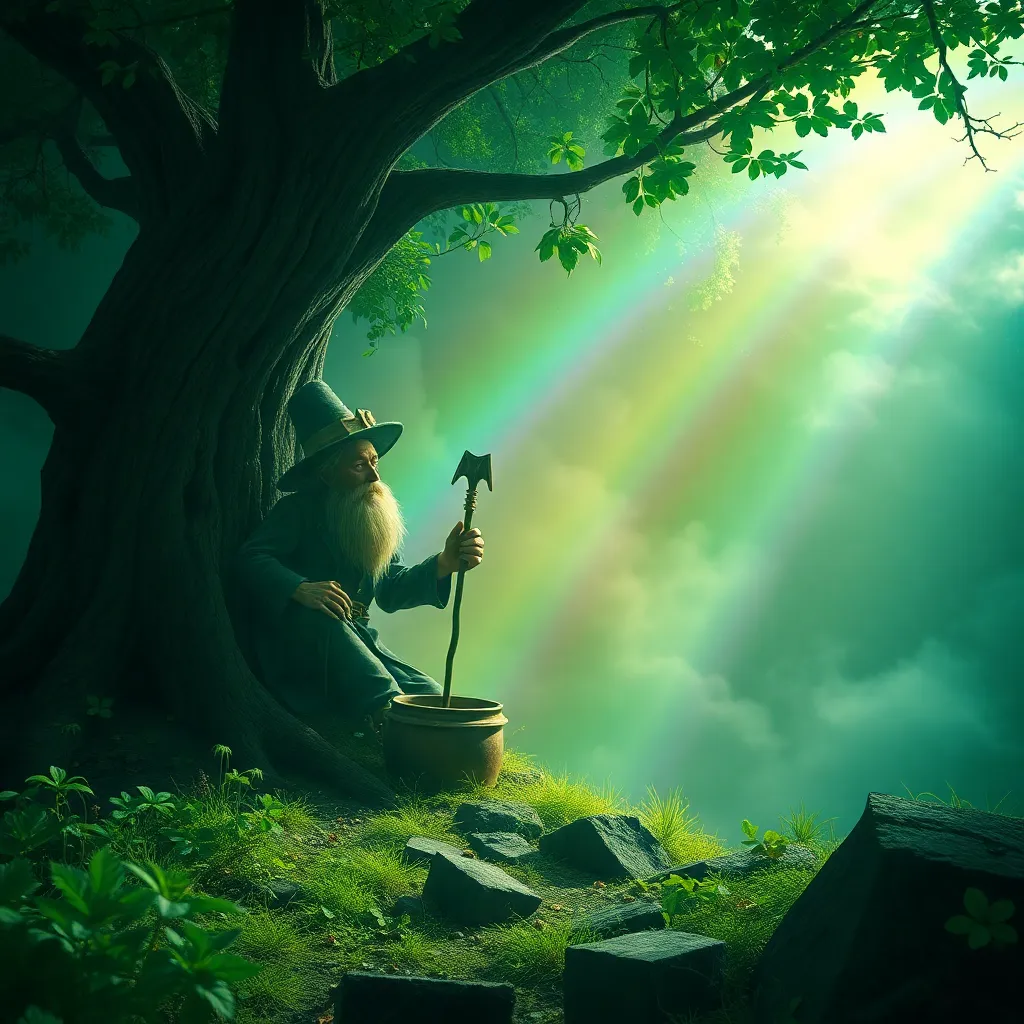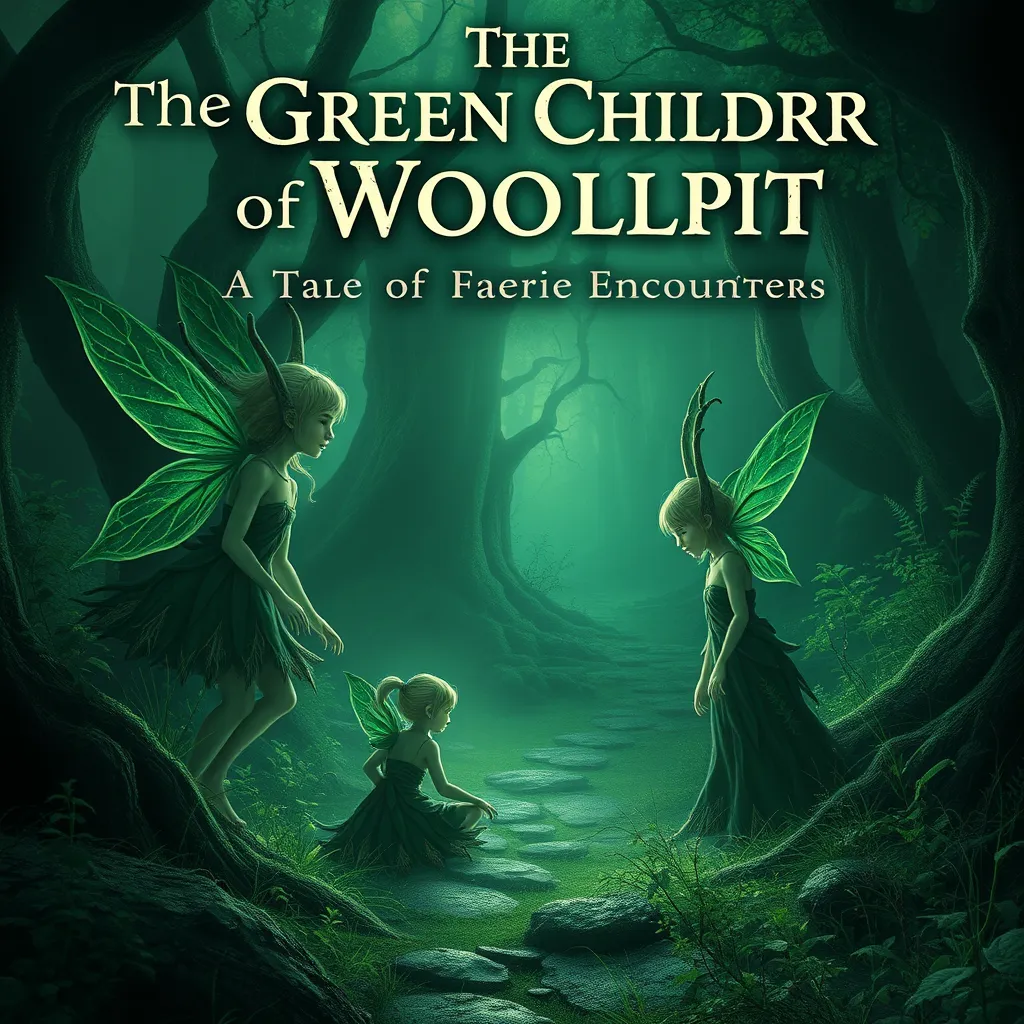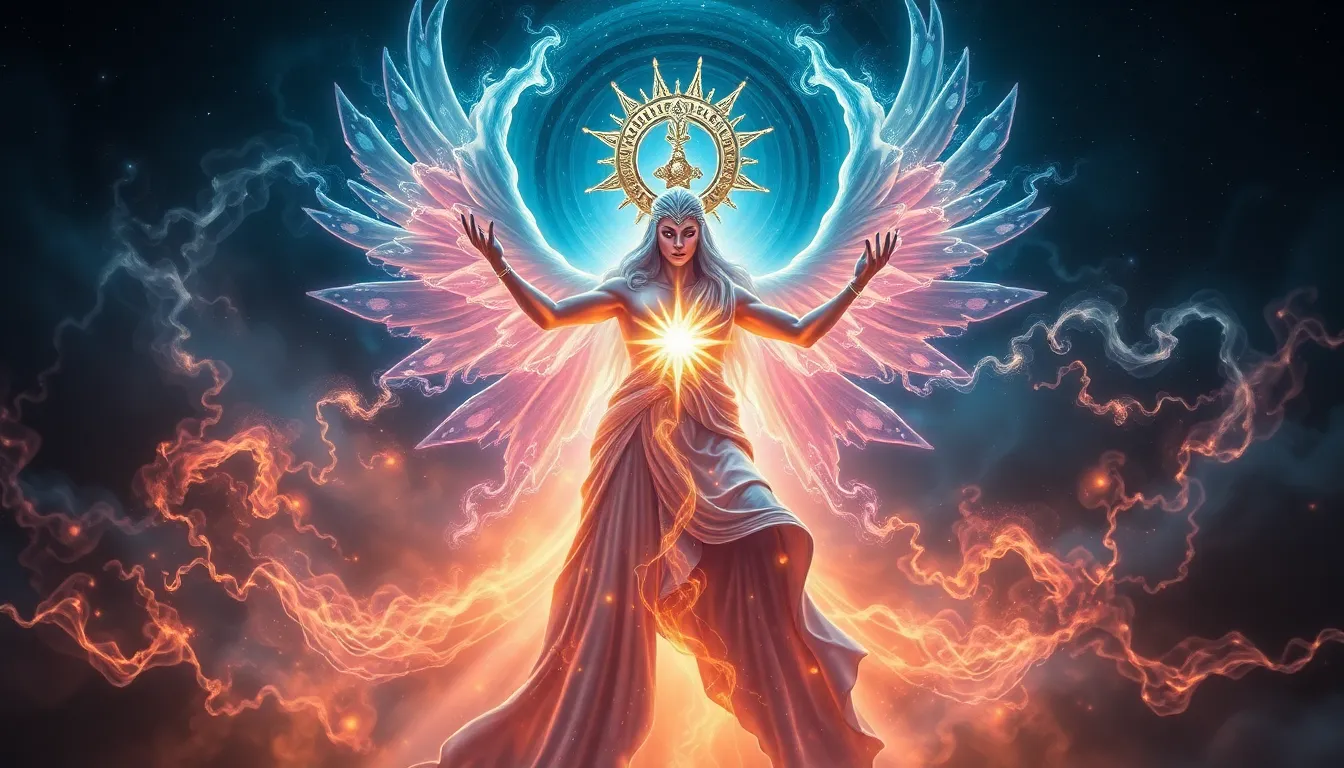The Unicorn’s Secret: Unveiling the Mythical Beast’s True Nature
I. Introduction
The unicorn, a creature often depicted as a horse with a spiraling horn on its forehead, has captivated human imagination for centuries. Its mythos is steeped in mystery and allure, often symbolizing purity and grace. From ancient texts to modern pop culture, the unicorn has maintained a prominent place in our collective consciousness.
Throughout history, unicorns have held significant cultural importance, appearing in various forms in different societies. They are frequently associated with magic, beauty, and the ethereal. This article aims to delve deeper into the true nature of the unicorn, exploring its historical origins, symbolism, artistic representations, and its relevance in modern culture.
II. Historical Origins of the Unicorn Myth
Unicorn myths can be traced back to ancient civilizations, where they appeared in texts and artifacts across the globe.
A. Early references in ancient civilizations
One of the earliest references to unicorns can be found in the Indus Valley Civilization, where seals depicting a one-horned creature have been discovered. The Greek historian Ctesias also wrote about a creature resembling a unicorn in the 5th century BCE, describing it as a wild ass with a single horn.
B. Evolution of the unicorn legend across cultures
As the unicorn myth spread across cultures, it evolved to reflect the values and beliefs of different societies. In the Middle Ages, the unicorn became associated with Christ and was often depicted in religious art as a symbol of purity and divine love.
C. Key figures and texts that shaped the unicorn narrative
Notable texts such as the “Physiologus,” a Christian text from the 2nd century, contributed to the unicorn’s legendary status. The work described the unicorn as a gentle creature that could only be captured by a virgin, further linking it to themes of purity.
III. Symbolism and Meaning of the Unicorn
The unicorn is rich in symbolism, often representing various ideals and concepts.
A. The unicorn as a symbol of purity and innocence
Unicorns are often viewed as embodiments of purity and innocence, a reflection of their untamed nature and their connection to the divine.
B. Connections to spirituality and the divine
In many cultures, unicorns are seen as messengers of the gods or as symbols of spiritual enlightenment. Their elusive nature often represents the quest for higher truths and ideals.
C. The unicorn in heraldry and its significance
In heraldry, the unicorn is a symbol of strength and purity. It is often depicted as a supporter in coats of arms, representing loyalty and courage.
IV. The Unicorn in Art and Literature
Throughout history, unicorns have been a popular subject in art and literature, reflecting the changing perceptions of this mythical creature.
A. Depictions of unicorns in classical art
Classical art often depicted unicorns in tapestries and paintings, symbolizing beauty and grace. The “The Lady and the Unicorn” tapestries, created in the late 15th century, are some of the most famous artworks featuring unicorns.
B. The role of unicorns in medieval literature and folklore
In medieval literature, unicorns often appeared as noble and chaste creatures, with stories highlighting their purity and their ability to heal. They were frequently associated with virginity and the divine feminine.
C. Modern interpretations in contemporary media
Today, unicorns have found their place in contemporary media, often depicted as whimsical and magical beings in films, books, and merchandise. Their portrayal has shifted from sacred symbols to playful representations in pop culture.
V. The Unicorn’s Connection to Nature
The unicorn is often associated with nature and the environment, representing a harmonious relationship with the natural world.
A. The unicorn as a representation of the natural world
Unicorns are frequently depicted in lush, verdant landscapes, symbolizing the beauty and purity of nature. They embody the idea of living in harmony with the earth.
B. Exploring the ecological symbolism of the unicorn
As symbols of nature, unicorns remind us of the importance of conservation and the protection of the natural world. They encourage us to cherish and respect our environment.
C. Myths and legends surrounding unicorn sightings
Throughout history, stories of unicorn sightings have often been linked to natural phenomena and unexplained events, further entwining the unicorn myth with the mysteries of the natural world.
VI. The Science Behind the Myth
While unicorns are mythical creatures, their stories may have roots in real-world observations and prehistoric animals.
A. Investigating the origins of unicorn-like creatures
Some researchers speculate that the unicorn myth may have originated from sightings of animals with horn-like features, such as the oryx or the rhinoceros, which could have been misinterpreted by ancient observers.
B. The role of paleontology in understanding unicorn myths
Paleontology has revealed evidence of various horned creatures that roamed the earth, providing potential explanations for the unicorn myth. Fossils of species like the Elasmotherium, a prehistoric horned mammal, suggest that early humans may have encountered creatures resembling unicorns.
C. The impact of misidentification of animals on the unicorn legend
Misidentification of animals, coupled with the human tendency to embellish stories, likely contributed to the development of unicorn legends. These factors combined have allowed the myth to endure through the ages.
VII. The Unicorn in Modern Culture
In recent years, unicorn imagery has experienced a resurgence in modern culture, becoming a symbol of whimsy and creativity.
A. The resurgence of unicorn imagery in popular culture
Unicorns have become popular in various forms of media, including movies, television shows, and social media, often representing fantasy and imagination.
B. Unicorns in fashion, merchandise, and social media
From clothing lines to accessories, unicorns have made their mark on fashion and merchandise, appealing to both children and adults alike. Social media platforms are filled with unicorn-themed content, celebrating individuality and creativity.
C. The significance of unicorns in contemporary discussions of identity and diversity
In today’s society, unicorns have come to symbolize uniqueness and diversity, embodying the message that everyone is special in their own way. This has resonated particularly with discussions surrounding identity and self-acceptance.
VIII. Conclusion
The unicorn is a multifaceted symbol that has transcended time and culture, representing purity, beauty, and the mysteries of nature. Its enduring allure lies in its ability to inspire wonder and imagination.
As we explore the true nature of the unicorn, we uncover its significance across various domains—from history and art to modern culture and ecology. The unicorn continues to captivate our hearts and minds, reminding us of the magic that can be found in the world around us.
Ultimately, unicorns represent more than just a mythical creature; they embody the ideals of hope, individuality, and the beauty of diversity in today’s world.



